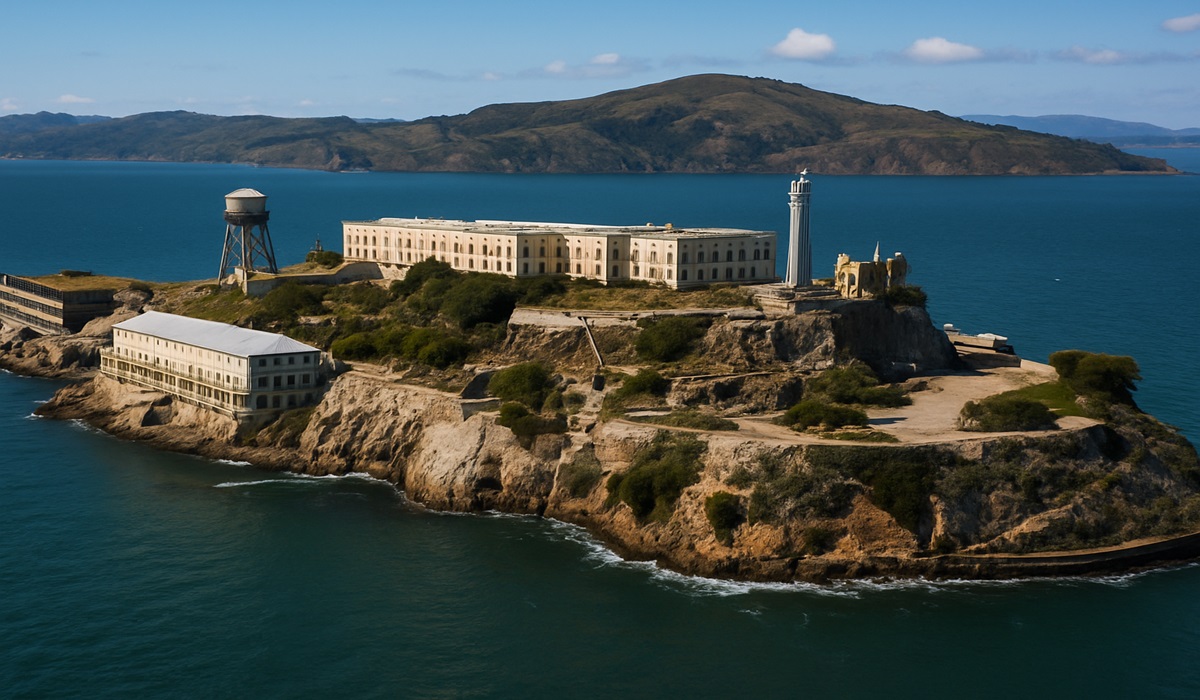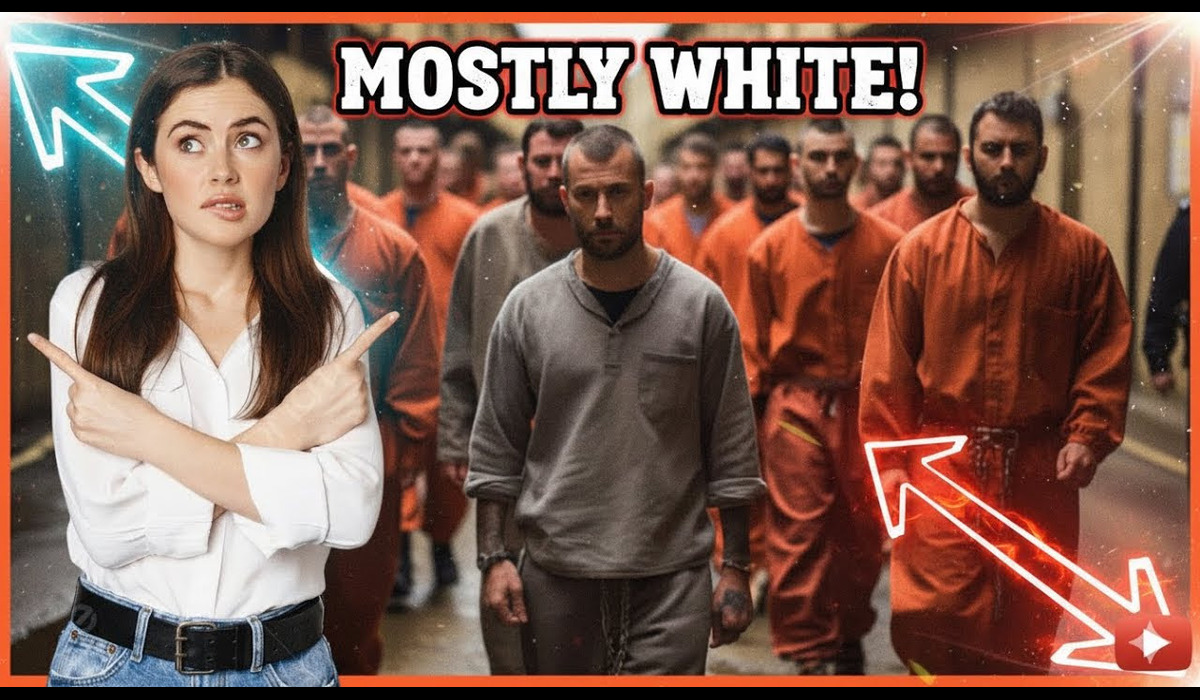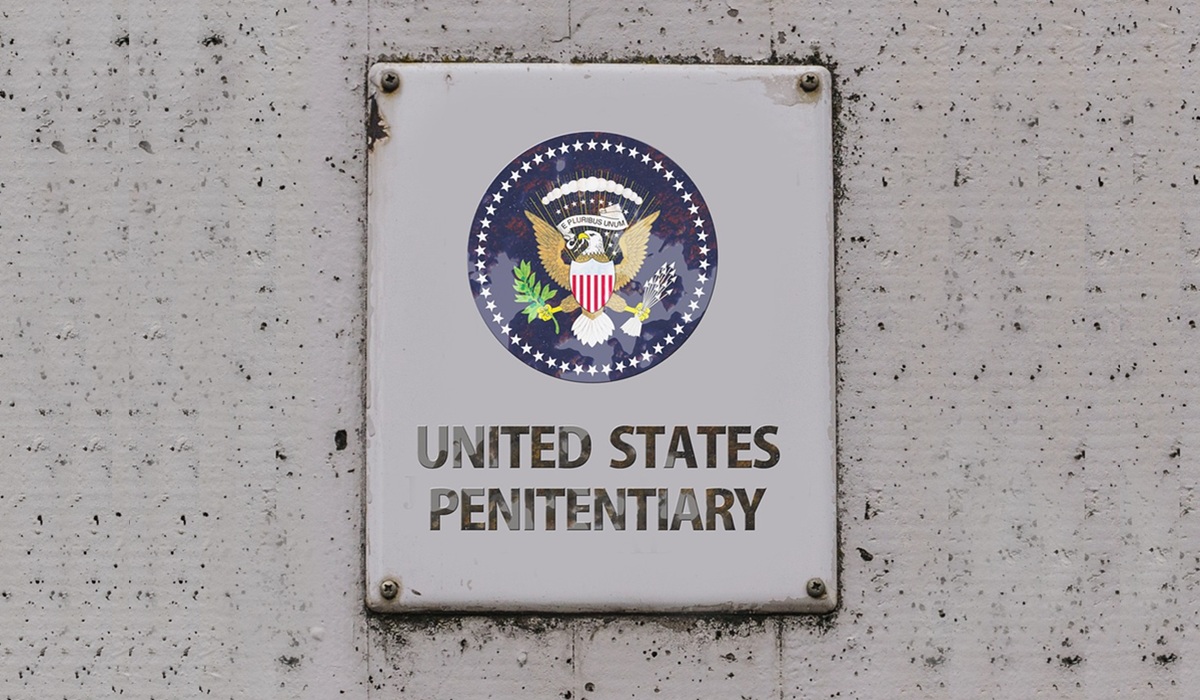Trump Orders Alcatraz Reopened: The Notorious Prison to Become Symbol of Fear Once Again
- Ingrid Jones
- U.S.A
- May 6, 2025

In an executive order signed with the flourish of a man determined to leave his mark not just on politics but on history itself, President Donald Trump has announced the full-scale reopening of Alcatraz as a functioning federal prison. Currently a historic museum and one of San Francisco’s most popular tourist attractions, the infamous island fortress is poised to transform once more into a monument of state power and punishment—exactly as Trump intends.
Why? Because, in his own words, “The name Alcatraz brings fear. It’s notorious. It sends a message. That’s what we need right now.” And make no mistake, he isn’t speaking metaphorically. For Trump, this is more than a security policy—it’s a spectacle, a symbol, and as he described it during a press briefing, “his movie.” He wants to see it through to the final scene, complete with cold cells, razor wire, and a one-way ferry for America’s “worst of the worst.”
Alcatraz isn’t just a name—it’s American folklore. Located 1.25 miles off the coast of San Francisco, the island prison once housed some of the nation’s most feared criminals: Al Capone, George “Machine Gun” Kelly, and Robert Stroud, the so-called “Birdman of Alcatraz.” From 1934 to 1963, it was considered escape-proof. Only 14 escape attempts were ever recorded. Officially, none were successful.
But there is one story that still haunts the lore. In 1962, Frank Morris and brothers John and Clarence Anglin managed to escape their cells and vanish into the cold, shark-infested waters. Their clothes—torn to shreds—were found, but their bodies never surfaced. Some believe they drowned, others insist they made it out. The myth only feeds the mystery—and the fear.
Now, the island sits in relative peace. Run by the National Park Service, it draws over a million visitors each year. But under Trump’s executive order, that chapter may soon close. Plans are underway to reclaim the site from tourism and convert it back into a high-security federal penitentiary. The price tag? Estimates range in the tens of millions. Rebuilding infrastructure, reinforcing cells, restoring power and sewage lines, and installing 21st-century surveillance will be a massive undertaking. But for Trump, the cost is worth the image.
Critics are already lining up. Human rights advocates argue the move is performative, a relic of a bygone era that seeks to glamorize punitive justice over rehabilitation. Others question the legal and logistical hurdles of transforming a national historic site into an active prison. Still, Trump remains unphased, suggesting Alcatraz will act as a “symbolic deterrent” for domestic terrorists, cartel leaders, and “career criminals who spit in the face of law and order.”
In typical Trumpian fashion, the announcement has ignited outrage and applause in equal measure. Supporters cheer the strongman optics. Detractors warn it’s a grotesque resurrection of prison brutality wrapped in nostalgia and bravado.
But there is no ambiguity about what this executive order represents. It’s not just about reopening a prison. It’s about theatrics, about dominance, about leaving behind a chapter of American justice stamped with Trump’s name on it. And if Alcatraz does reopen, one thing is certain—it won’t just house inmates. It will house an idea: that fear, spectacle, and control are tools of governance, and that in Trump’s America, even ghosts from the past can be conscripted into political warfare.








